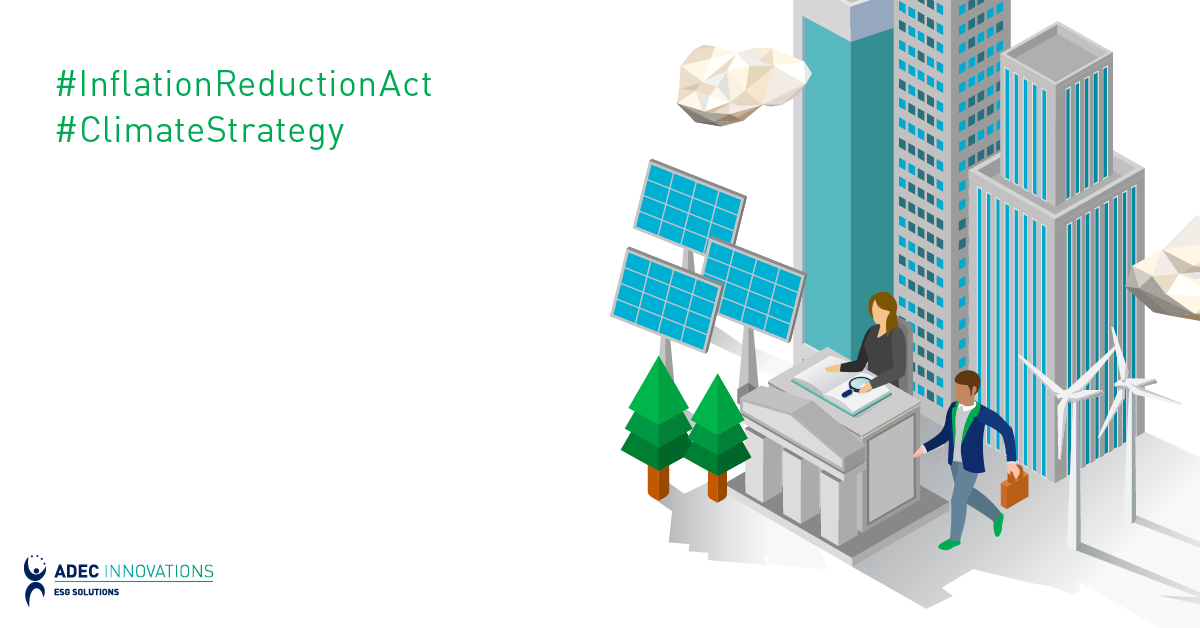Recently, many businesses have come up with several significant trends of energy efficiency. These trends involve cost reduction, the tendency to opt for renewable energy, a steady rise in the number of companies who would rather generate their own energy, instilling green technology into their buildings’ infrastructure, and choosing more sustainable sources of energy (like natural gas). Managers and owners alike are challenged to apply these trends and other similar energy ideas into their business objectives, corporate strategies, and functional areas.
Corporate sustainability initiatives of various companies in several industries continue to create demands for systems that would dramatically simplify processes like data gathering, documenting, and reporting. Such systems are most common in keeping tabs on an organization’s energy consumption and carbon emissions.
Incidentally, more pressure to reduce energy consumption is placed onto the shoulders of owners or operators of buildings where businesses are housed. Information Technology (IT) based controls and monitoring systems are becoming more widespread, and are the major driving force behind new software platforms for building energy management systems (BEMS) popping up at such a rapid rate.

In a Navigant Research report (IT-Based Monitoring and Control Systems for Smart Buildings: Global Market Analysis and Forecasts), the BEMS market is continually growing as big businesses are prioritizing energy management in their sustainability strategies. Moreover, government policies are being passed requiring utilities, building owners and building operators to reduce energy consumption.
Besides the US, other parts of the world are also taking notice and are adopting BEMS. Europe, for instance, has an energy efficiency directive which is causing energy consumers to contact the nearest BEMS provider for tools that are both effective and efficient enough to handle everything the company would demand of it to remain compliant.
BEMS are just one part of the parcel. The other half is the building itself. Buildings have dramatically evolved over the past few decades. The standards surrounding buildings have also changed (see Figure 2). There is, however, a “paradigm shift” in expectations, especially in the built environment where it would impact the building sector to make these as energy efficient or green as much as possible.
Improving the energy efficiency of today’s buildings by incorporating technology and design elements that would maximize natural light, for instance, makes these kinds of buildings a more plausible choice for the smart business owner. The good news: building improvements are possible with existing technology, such as BEMS. Digital controls, artificial intelligence and smart technology all come together to improve efficiencies throughout a building, causing exceptional savings compared to buildings without any such systems installed. In the U.S. alone, simply improving the energy efficiency of all buildings by just 30% would create an aggregate savings of $275 billion for the businesses, building operators and the government.
ADEC ESG caters to a wide range of industries and offers energy management services to help organizations, like yours, improve bottom lines and energy footprints. Click the button below for a free consultation.




